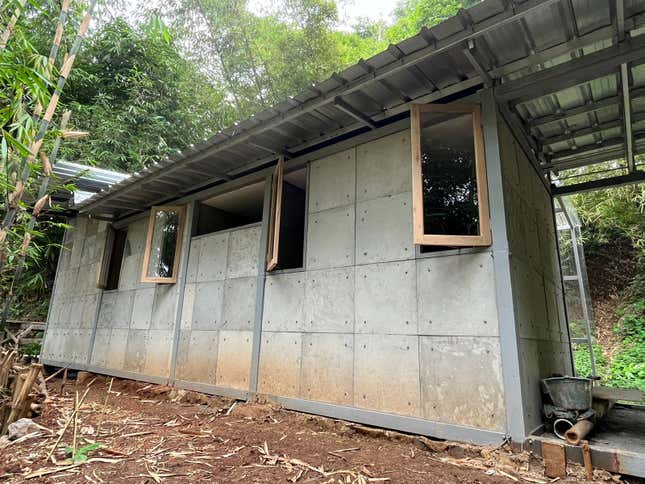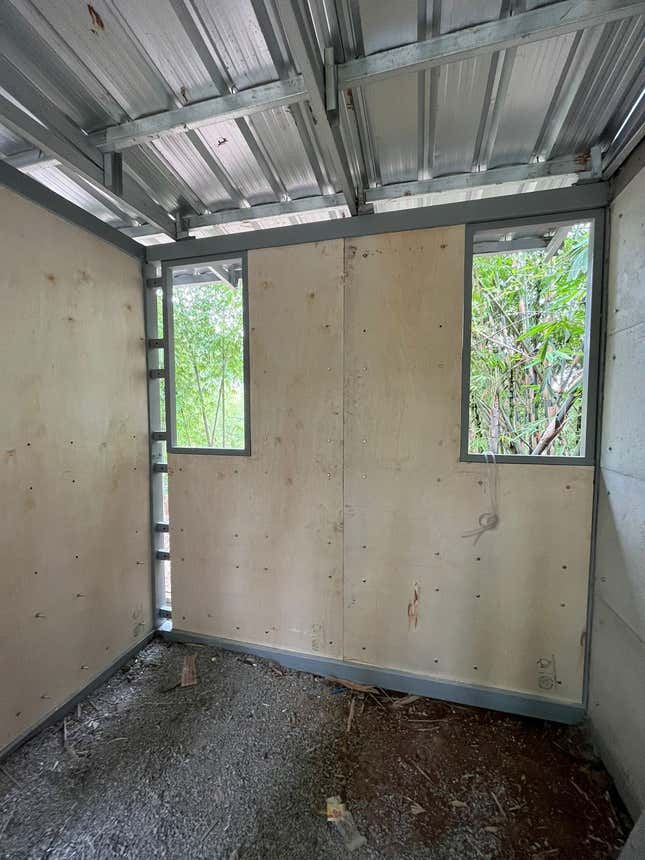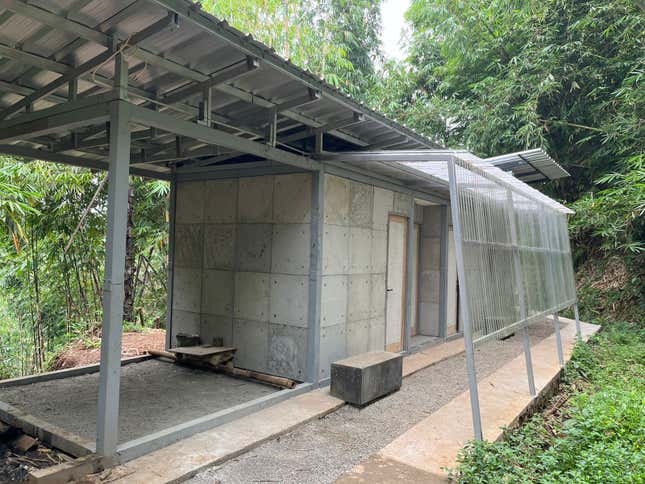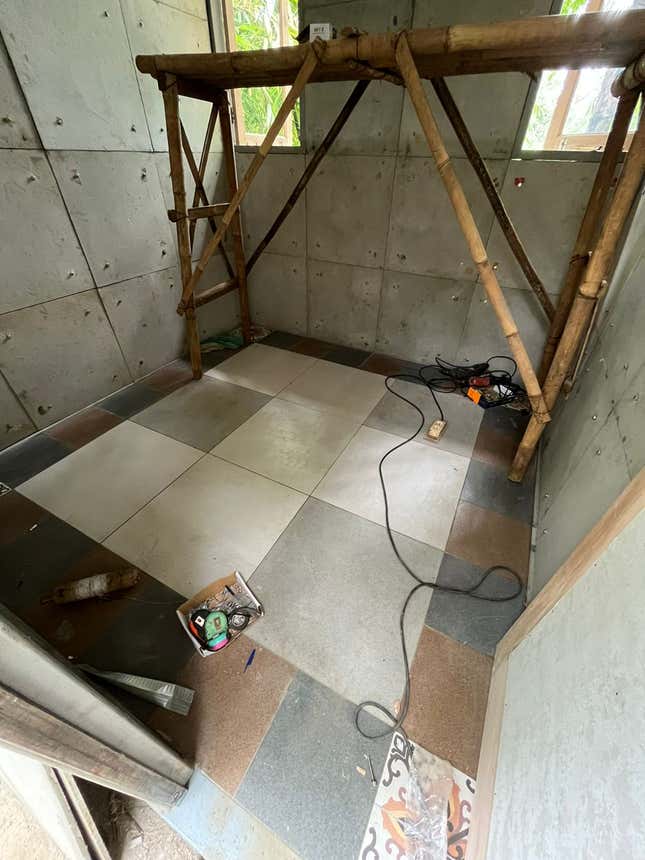
Solving the world’s numerous environmental crises requires creativity—that much is clear. But does that mandate for imagination mean we have to reconsider (and repurpose) dirty, disposable diapers? A team of engineers from Japan’s University of Kitakyushu seems to think it’s worth a shot.
Soiled diapers could feasibly replace a portion of the sand in conventional, environmentally harmful concrete, and be used to build safe, more sustainable, and more affordable homes, according to a study published Thursday in the journal Scientific Reports. Up to 8% of all the sand in the concrete and mortar required to construct a single-story house could be swapped out for shredded diapers without sacrificing too much stability or material strength, the researchers say.

To come to that conclusion, the engineers took on the dirty work of collecting, cleaning, and tearing apart used diapers. Yes, there was poop involved. Siswanti Zuraida, lead study author and engineering Ph.D student, told Gizmodo in an email that she and her colleagues processed the nuked nappies “manually.” The solids were removed via washing, and then the remaining offending agents were neutralized with a chemical soak, she explained. From there, the researchers dried and shredded the diapers into a useable concrete additive.
They made and tested six different ratio mixtures of diaper concrete for both microbial content and ability to withstand different forces. They found that the diaper concrete didn’t contain any more or more harmful microbes than standard concrete. They also determined that different aspects of construction could safely use concrete containing various percentages of diapers over sand, without significantly sacrificing strength.

Up to 40% of concrete’s sand could be swapped for diaper shreds for non-load-bearing walls, up to 10% for columns and beams in a three-story house, up to 27% for a such support structures in a single-story house, and up to 8% of all the concrete and mortar used to build an actual 380+ square foot house. To double check their lab tests, the engineers actually built a house. Although a little drab, the concrete could-be-dwelling did, indeed, stand safely.

In theory, the environmental benefit of building with diapers would be twofold. The idea could take a common, slow-to-degrade item out of landfills and other dumps, while also minimizing the amount of destructive sand mining needed to make concrete. Disposable diapers—made of a combination of wood pulp, cotton, absorbents, and synthetic fibers—are one of the biggest sources of plastic waste worldwide. In the U.S., about 4.1 million tons of diapers are discarded annually, according to a 2018 EPA report, comprising more than 8% of all the non-durable waste produced. Outside of the U.S., and in places lacking significant waste infrastructure, the problem of diaper pollution is even worse. Dirty diapers made up more than one-fifth of all waterway waste in a 2018 World Bank study of 15 Indonesian cities.
Then there’s the bang-for-your-buck benefit. Mining sand costs money, whereas dirty diapers are abundant and hypothetically free. In those same Indonesian cities where discarded diapers pollute the rivers, the study authors point out, the affordable housing supply is seriously lacking. Maybe a cheaper building material could help.

In practice though, the researchers admit that building one diaper house is a far cry from developing the systems and infrastructure to build lots of diaper houses. “Unfortunately, at this scale, the research has not yet involved waste management and other stakeholders,” Zuraida wrote in her email. Safely amassing dirty diapers and then transforming them into a suitable building material takes a lot of planning and work, none of which has yet begun.
Many a recycled, more-sustainable building material has been proposed. But often, these big ideas don’t end up widely adopted—instead relegated as oddities to the cultural corners of quirk.
Still, Zuraida and her colleagues are moving onto their next steps. They hope to finalize analyses of diaper concrete’s thermal and acoustic properties to further ensure it is good to use in housing. They’re also aiming to improve their nappy collection and treatment methods.